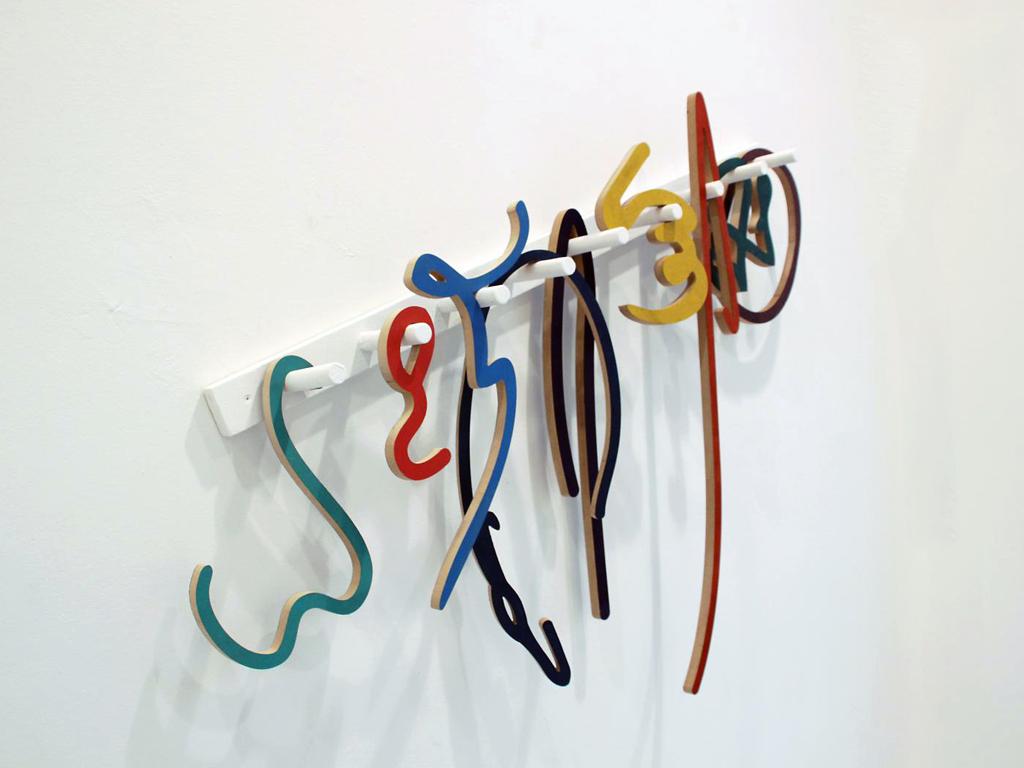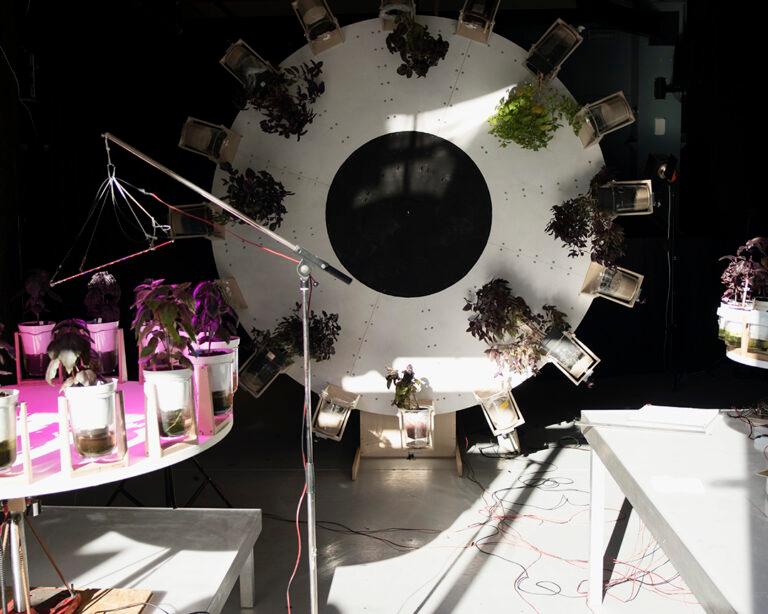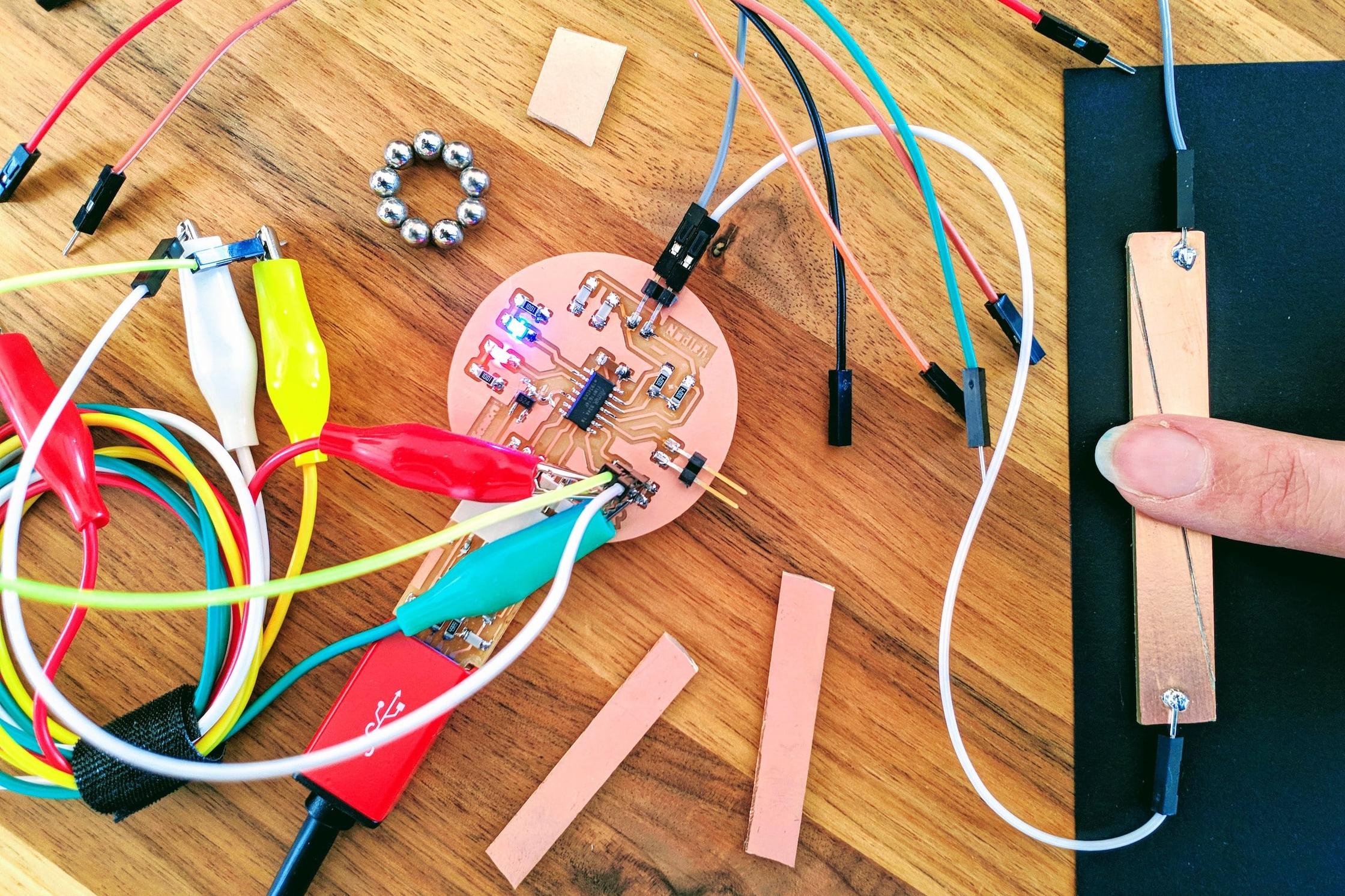How attached are makers to their objects and what are the effects of digital DIY on the environment? These questions were researched by Irene Maldini in 2012-2013 in her research "Object-user relationships in open design dynamics" for VU Amsterdam in collaboration with Waag.
The results of this research will soon be presented at The Design Journal (Bloomsbury). We can offer a summary of the results.
For this research a number users of Fablab Amsterdam that made digital objects in the past five years have been followed. The short conclusions are:
- The objects produced by digital DIY are not substitutes for mass-produced ones; rather, they tend to be a substitute for traditional DIY or create a new category of objects that otherwise would not exist. Therefore, comparisons of the environmental implications of digital DIY with those of mass production are irrelevant; this technology increases the amount of goods actually being produced and consumed.
- Participants place a high value on their projects, to which they are particularly attached. This strong attachment to the project, however, does not imply that each of the objects produced are irreplaceable (and therefore more durable). On the contrary, digital fabrication tools separate the phases of virtual creation and material production; they make objects easily replaceable, reducing the possibility of a long life-span.
- Moreover, the attachment to the project implies that makers often seek to continuously improve their creations, periodically producing new versions of their objects.
- The interviewees of this study used considerable amounts of resources and produced waste for their projects, as the materials used were not local (they required transportation anyway) and were not available in the exact quantities or sizes needed; therefore, they had to acquire unnecessary amounts. An exception to this general picture of increasing production and consumption in digital DIY is the fact that it enables users to repair objects.
The research considers that the real value of digital DIY is that a) it empowers users to fulfil their needs in an autonomous way, resulting in a more diverse, ‘human-scale’ material culture, and b) makers experience feelings of enjoyment and achievement resulting from taking action. However, the findings of this study do not point to a positive impact of this practice on the environment.
The summary can be downloaded here as a pdf.
The complete report can be found here.
More information on the research by Irene Maldini can be found at onmyresearch.blogspot.nl.


